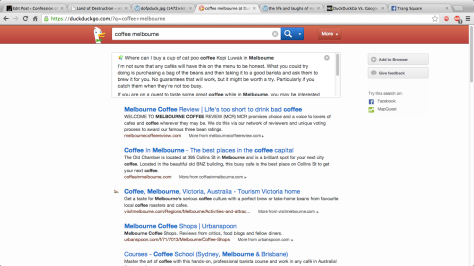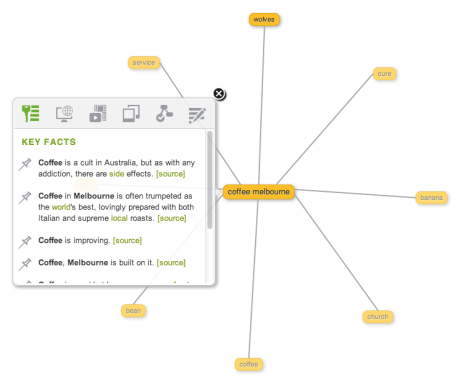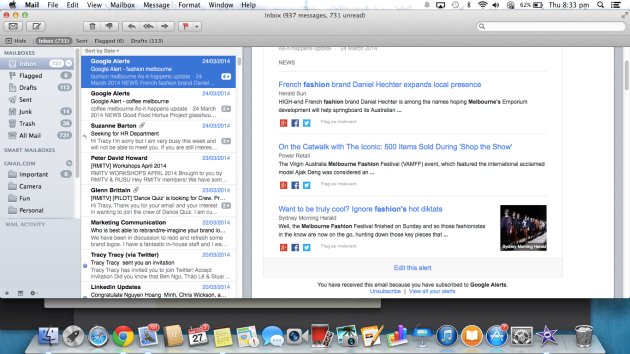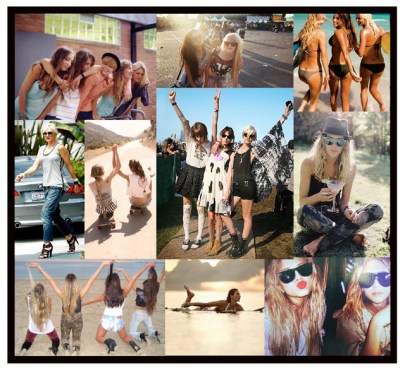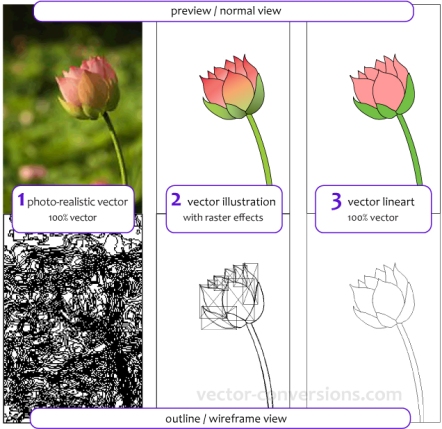1. Crew:
Directed, written by Aaron Wilson. Camera (color), Stefan Duscio; editor, Cindy Clarkson; production designer, Tim Burgin; sound designers, Rodney Lowe, Nic Buchanan; associate producer, Royston Tan.
2. Storyline:
(Wartime, 1942) Singapore. An Australian fighter pilot shot down in combat awakens suspended in the treetops. As night devours day, he must navigate through dangerous jungle in search of sanctuary. Transcending language and culture, CANOPY is a cinematic tour de force exploring the collision of war, nature and its impact on humanity.
3. Review: During the last lecture at RMIT, Wilson has shared with our class his latest project Canopee and his process of making this movie. Wilson shared that he has a personal interest in his story, having grown up among veterans and assembled the plot from stories he heard.
He also adds that his own experience of living abroad in Singapore motivated his interest in creating a film that explored Australia’s connection with it’s neighbours. “At the time [of developing the film idea] I was talking to a lot of returned service people and there were a lot of stories that interconnected and stood out,” says Wilson.
Every bit their equal behind the scenes are sound designers Nic Buchanan and Rodney Lowe, who have created a rich, complex and terrifying soundscape in which nature and war comingle in cacophonous symphony. The film was photographed in a remarkable eight days by Stefan Duscio, whose affilitations with Andrew Lesnie (“The Lord of the Rings” trilogy) and Greig Fraser (“Zero Dark Thirty”) have influenced his serene tracking shots and striking angles.
Canopy spent seven years in production, including years of writing, and was made with a very low budget – something Wilson won’t easily forget, especially as he seeks further support. Crowd funding played an important part in bringing the film to fruition, “which is why we put every name in our credits,” he told the crowd. “We had a lot of support through crowdfunding, and we are very appreciative of its power.
For the film’s entire runtime audiences must settle with hand gestures, eye movements and close up shots of facial expressions to discern the thoughts and feelings of the protagonists. (Meld magazine, 2013). It will be interesting to see what projects he comes up with in the future.


